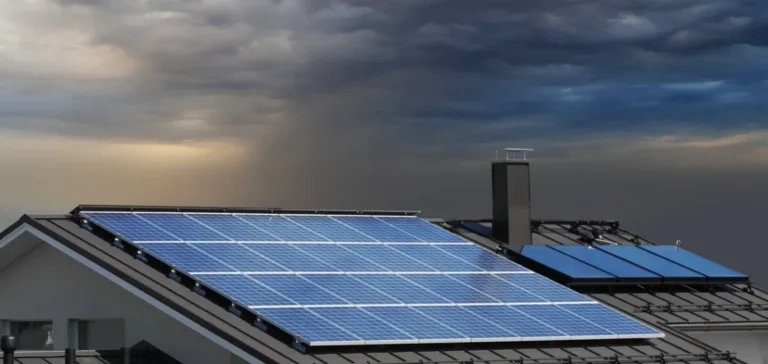The publication of a new analysis by Wood Mackenzie highlights the impact of recent changes to the One Big Beautiful Bill Act (OBBBA) on the US residential solar industry. The removal of the Investment Tax Credit (ITC) section 25D for individual homeowners, effective after 2025, will disrupt the sector’s dynamics by making the acquisition of solar panels much less accessible for many households.
Expected slowdown in solar installations
Wood Mackenzie anticipates a decrease of up to 46% in installed residential solar capacity between 2025 and 2030, compared to the second quarter 2025 reference scenario. The end of the ITC is an immediate shock for the market, challenging the economic viability of numerous projects. Several companies in the sector may disappear, while those that remain will be forced to adapt their business strategies, focusing on cost reduction and diversification of their offerings.
Long-term growth potential maintained
Wood Mackenzie’s data, however, indicate significant rebound potential for the industry after 2028. Demographic projections estimate about 92 million single-family owner-occupied homes in the United States by 2050. Of these, more than 70 million could be equipped with photovoltaic systems over the next twenty-five years, after excluding unsuitable or already equipped homes.
Conservative scenarios and evolving factors
Even in Wood Mackenzie’s lowest scenario, where the total addressable market (TAM) penetration rate would reach only 12% by 2050, this would still represent an additional 150 GW of capacity. The authors of the study point out that the sector remains sensitive to cost developments, technological innovations, and the emergence of new business models, all of which could accelerate market dynamics over time.
Amid these uncertainties, the entire US residential solar sector is preparing for an adjustment phase, relying on its ability to adapt in order to weather the turbulence expected in the coming years.






















